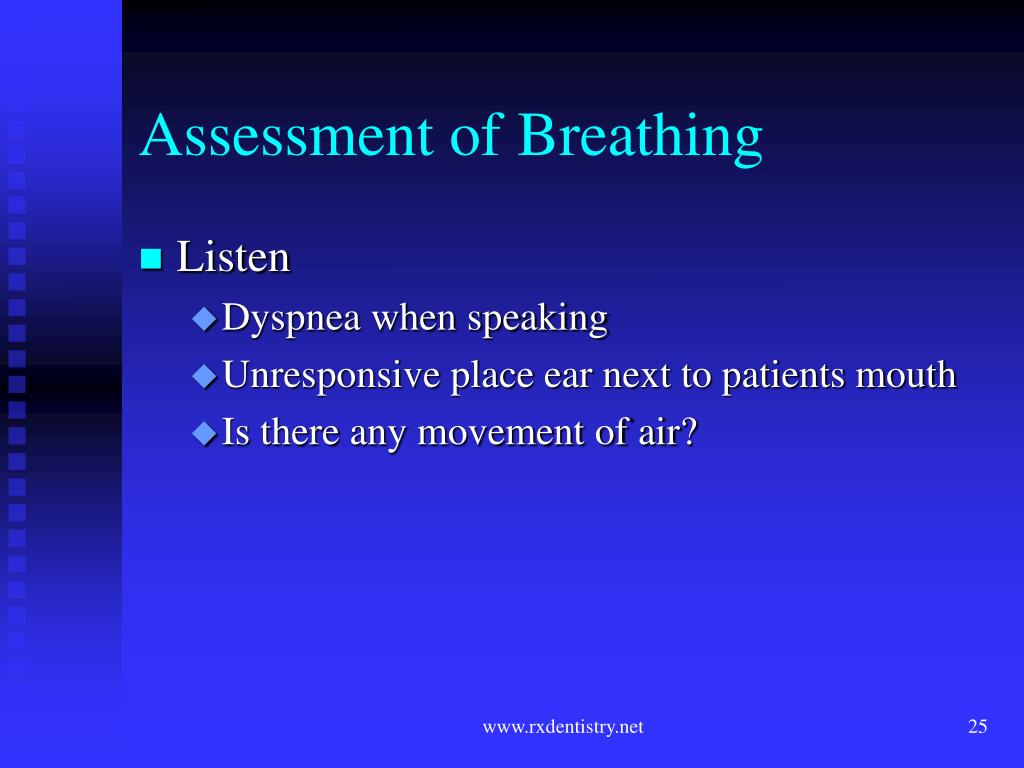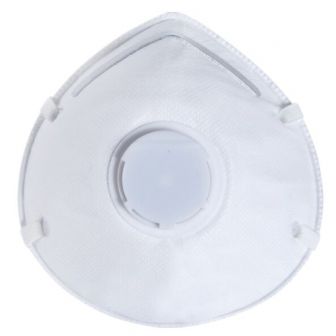
A respiratory protection program includes several components such as: Without a complete respiratory protection program, workers will not receive the best protection from a respirator even if it is the correct choice for a specific job.
BREATHING ZONE CONCENTRATION NIOSH HOW TO
The respirator program must also address how to find out what hazards are present, how much protection that the workers will need, and describe how to wear and look after the respirator. The correct use of a respirator is just as important as selecting the proper respirator. To determine IDLH level of a contaminant, consult the NIOSH Pocket Guide to Chemical Hazards.Īre there some things that you should know before you choose a respirator? Back to topĮmployers should have a written respirator program that describes the proper procedures for selecting and operating respiratory protective equipment. Contaminants at or above 20% of their lower explosive limit (LEL-the concentration at which the gas or vapour could ignite).An unknown contaminant at an unknown concentration.A known contaminant at an unknown concentration with the potential to be IDLH.A known contaminant at a concentration known to be IDLH.There are particular conditions that are considered "Immediately Dangerous to Life or Health (IDLH)". Some types of atmospheres contain concentrations of hazardous substances that places the worker in immediate danger because these concentrations would impair the ability to leave the work area (self rescue) or potentially cause irreversible health effects, including serious injury or death in a matter of minutes. What are IDLH considerations? Back to top

Administrative controls are not generally favoured because they can be difficult to implement, maintain and are not reliable. These control measures have many limitations because the hazard is not removed. Administrative controls limit workers' exposures by scheduling reduced work times in contaminant areas or by implementing other such work rules. process modifications including substitution of less hazardous materials where possible.Īdministrative controls may be used in addition to engineering controls.proper control and use of process equipment, and.enclosure or isolation of the process or work equipment.A written workplace hazard control program should outline which methods are being used to control the exposure and how these controls will be monitored for effectiveness.Īfter elimination and substitution, well designed and maintained engineering controls are the preferred methods of controlling worker exposure to hazardous contaminants in the air. Note that more than one respiratory hazard can be present at the same time.Ī hazard control program consists of all steps necessary to protect workers from exposure to a substance or system, the training and the procedures required to monitor worker exposure and their health to hazards such as chemicals, materials or substance, or other types of hazards such as noise and vibration. Respiratory hazards can include airborne contaminants such as biological contaminants, dusts, mists, fumes, and gases, or oxygen-deficient atmospheres. How should respiratory hazards be controlled? Back to top when emergencies or other temporary situations arise (e.g., maintenance operations).while engineering controls are being installed or repaired.when following the "hierarchy of control" is not possible (e.g., elimination, substitution, engineering or administrative controls).Respirators should not be the first choice for respiratory protection in workplaces.

Workers should use respirators for protection from contaminants in the air only if other hazard control methods are not practical or possible under the circumstances. When should a respirator be used? Back to top You are here: Respirators - Respirator Selection


 0 kommentar(er)
0 kommentar(er)
